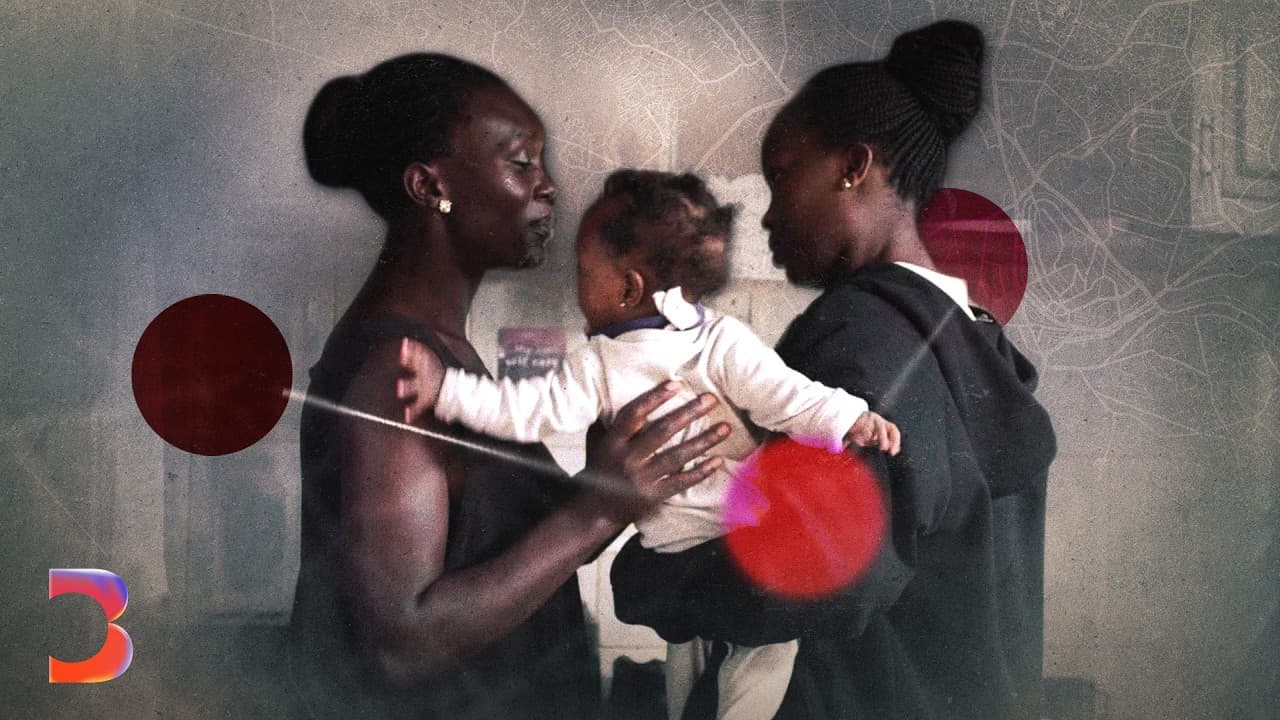How a Ugandan Clinic Exposed a For-Profit Healthcare Tragedy | Bloomberg Investigates
20 Jan 2025 (3 months ago)

Amani Clinic and the Founder's Vision
- A midwife is attending to a pregnant woman at Amani clinic, checking her blood pressure and discussing her pregnancy, with the woman revealing she has had a previous baby that died and is now expecting her second child (15s).
- The clinic's founder mentions that the name Amani means "peaceful" in Swahili, and she opened the clinic after hearing stories about women's fearful experiences with birth in Uganda, despite the presence of big hospitals that many cannot afford (2m23s).
- The founder has worked in various hospitals in Uganda since 1989 and has had over 2000 births at Amani clinic since its opening, with the clinic's approach focusing on the whole process of pregnancy and the midwife's heart for the community rather than just their qualifications (2m51s).
- The clinic serves a community that is scared of going to big hospitals due to the cost, and instead, they come to Amani, where they are welcomed, and the clinic provides necessary care, including scans, if the patient can afford it (4m26s).
Challenges and Successes at Amani Clinic
- A patient shares her experience of having multiple miscarriages, including one at four months with twins, and the clinic's emphasis is on referring high-risk mothers to other facilities in emergencies, which they will pay for (5m4s).
- The clinic has a good relationship with a nearby private hospital, which they use in emergencies, but at a great cost, as seen in the case of a baby who was born with birth asphyxia and accumulated a $3,000 bill in five days (6m58s).
- The baby, nicknamed Baby Miracle, was left with significant damage and required ongoing care, which was funded by an NGO called Hope Speaks, and the clinic's founder struggled to come to terms with what had happened, taking a year to be able to hold the baby without feeling guilty about what they might have missed (11m11s).
- Baby Miracle was six months old when an American lady called to inform Diane that the baby's condition was not birth asphyxia, but rather a rare condition where the cartilage in the airway and esophagus doesn't form properly, and that it was a miracle the baby had survived this long without proper treatment (12m24s).
- The baby was taken for surgery at six months, but Diane wonders what would have happened if the baby had received surgery earlier, suggesting that the baby's condition could have been much better (13m26s).
- Diane visited Baby Miracle and found her to be much improved, but still pale and on the same medication, which the mother had stopped giving due to not picking up the medicine (14m25s).
- The mother had been seeing pediatricians for six months without anyone detecting the baby's condition, which could have allowed the baby to have a better quality of life if treated earlier (15m0s).
Vivian's Birth Story and Healthcare System Challenges
- A mother, Vivian, shares her experience of giving birth to a big baby, Elizabeth, and describes the pain and difficulty she felt during delivery (16m12s).
- A midwife describes a baby who choked badly and had a fever, possibly pneumonia, and was advised to take the baby to IHK hospital, where someone would come with a credit card to cover the costs (18m24s).
- The midwife notes that the baby had a seizure and needed antibiotics, but the baby's veins were too small for the treatment (18m47s).
- It is mentioned that in private hospitals, patients who appear poor are often not allowed in, and patients must pay before receiving treatment due to concerns about non-payment (19m40s).
- This system can lead to patients being denied rights and not questioning medical procedures, which can result in poor care and prioritization of profits over patient well-being (20m14s).
- The focus on money in healthcare can lead to a loss of sight of what is best for the patient, resulting in things going wrong (20m31s).
Baby Miracle's Ongoing Struggle
- Miracle, a baby, has a condition that is not a disease that can be cured, but rather damage caused by delayed diagnosis and treatment, leading to infections, scarring, and potential lung failure (26m19s).
- The baby needs oxygen and requires constant care and monitoring (29m43s).
Florence's Birth and the Midwife's Reflections
- A midwife emphasizes the importance of environment and care during childbirth, stating that a baby can be born anywhere, but it's the care that matters most (30m38s).
- A woman, Florence, is in labor and is being assisted by a midwife, who encourages her to push and provides reassurance throughout the process (30m46s).
- The midwife reflects on the importance of their role, stating that money can't buy everything, and that knowing they will make money can lead to a loss of heart for the job (31m23s).
- The midwife assists Florence in giving birth, and the baby is born healthy and crying (31m49s).
- The midwife expresses the excitement and awe of witnessing a new life being born, and emphasizes that this excitement should never be lost (32m30s).
- The midwife reads a passage from a book, highlighting the significant impact midwives have on society and the importance of their role in shaping the way babies are welcomed into the world (33m3s).
- The passage emphasizes that midwives are never forgotten, and their actions and words have a lasting impact on women (33m22s).